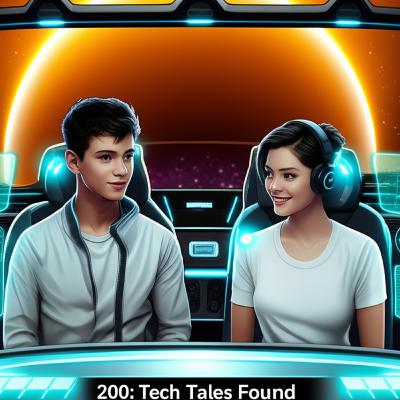Chamilo: How a Bitter Software Feud Sparked a Global Education Revolution
Description
The evolution of Chamilo, an open-source learning management system (LMS) now used by over 35 million people, traces back to a series of ideological and technical conflicts within earlier e-learning platforms. It began with Claroline, launched in 2000 as a pioneering academic LMS, but hampered by technical limitations such as fragmented database architecture and inconsistent coding standards. In 2004, a split led to Dokeos, which aimed to expand into corporate training but inherited Claroline’s structural flaws and failed to resolve them. By 2010, growing dissatisfaction over governance, community exclusion, and the commercialization of features built by volunteers culminated in a major rupture. Lead developer Yannick Warnier and most of the development team and community abandoned Dokeos, forking its code to create Chamilo—principally to preserve the open-source ethos. This act of digital rebellion was rooted in ethical concerns: contributions were being repurposed for a paid ’pro’ version without community consent, undermining trust and collaboration. Chamilo responded by establishing a nonprofit association to ensure democratic oversight and prevent centralized control. Technically, it swiftly addressed longstanding issues, notably consolidating the database architecture in version 1.9.0 (2012), improving scalability, and enhancing mobile accessibility. The platform prioritized ease of use, multilingual support, SCORM compatibility, and social learning features, enabling global adoption across universities, NGOs, and public institutions in countries like Peru, Spain, and Belgium. Its commitment to accessibility allowed educators with limited technical skills and learners in low-resource settings to participate in digital education. Real-world impact includes empowering rural farmers in Peru through sustainable agriculture training and enabling students like Carlos to complete degrees despite economic hardship, thanks to reliable mobile access. Over time, Chamilo outpaced Dokeos in innovation and community trust, with Dokeos eventually adopting fixes pioneered by Chamilo—highlighting the power of open collaboration. Today, Chamilo continues evolving with a next-generation platform (Chamilo 2.0), focusing on cloud integration, enhanced security, and granular permissions. The saga underscores critical themes in open-source software: the tension between commercialization and community, the importance of transparent governance, and the transformative potential of freely shared technology in advancing global education. Chamilo’s legacy is not merely technical but deeply human—demonstrating how a principled stand for openness can ignite lasting change in education worldwide.





